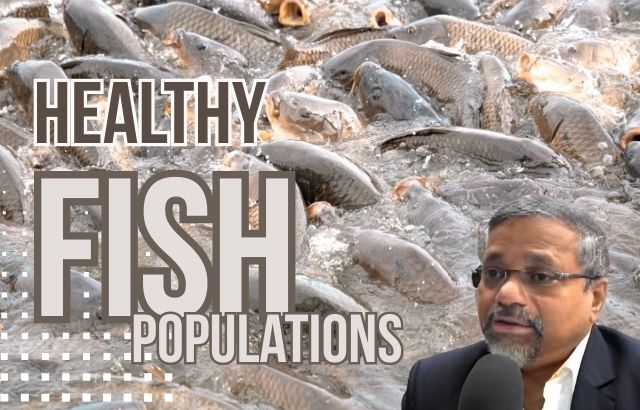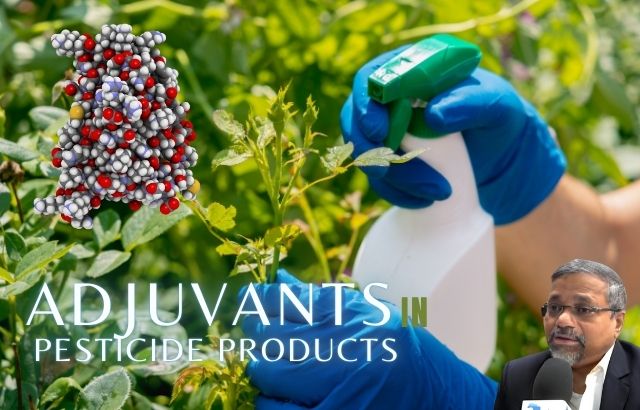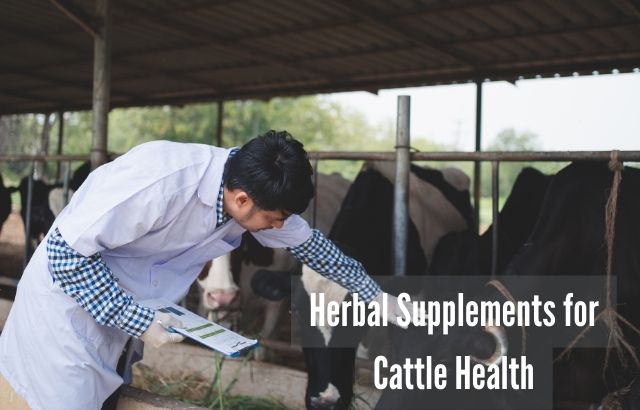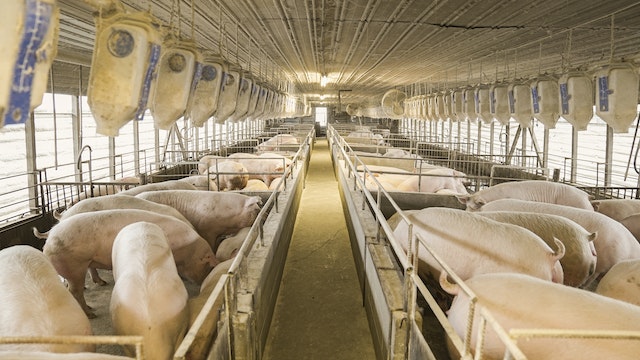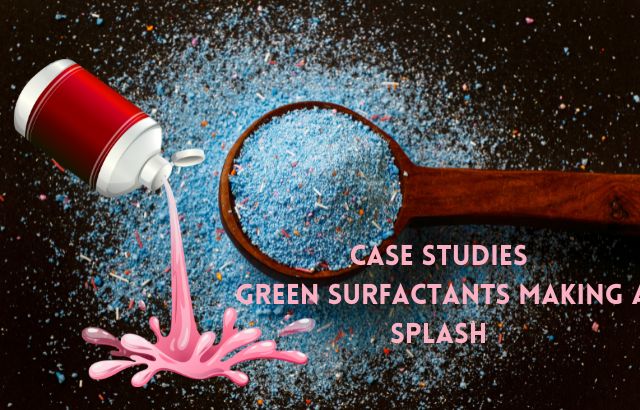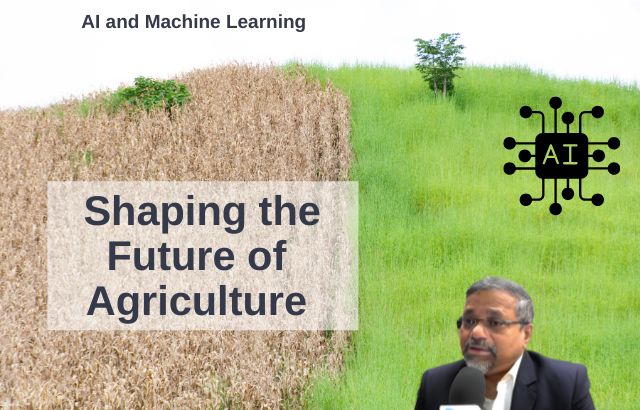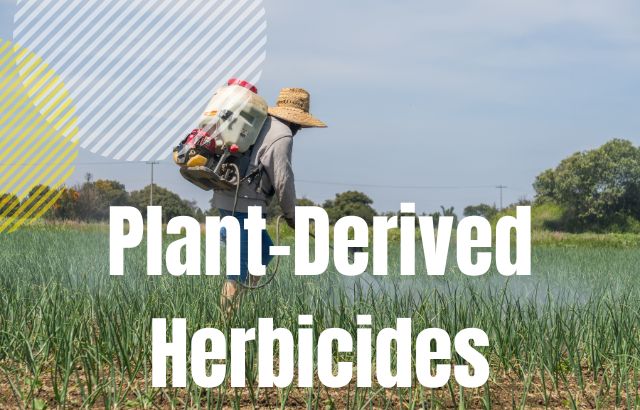Aquaculture, the farming of fish and other aquatic organisms, has seen rapid growth in recent decades. As demand for seafood continues to rise, maintaining healthy fish populations in aquaculture systems is crucial. Not only does this ensure sustainable production and food security, but it also supports the health and welfare of the aquatic organisms within these systems. The role of sustainability analysts and aquaculture experts like Jaiguru Kadam has never been more pivotal in advancing these systems.
The Impact of Parasites on Fish Health
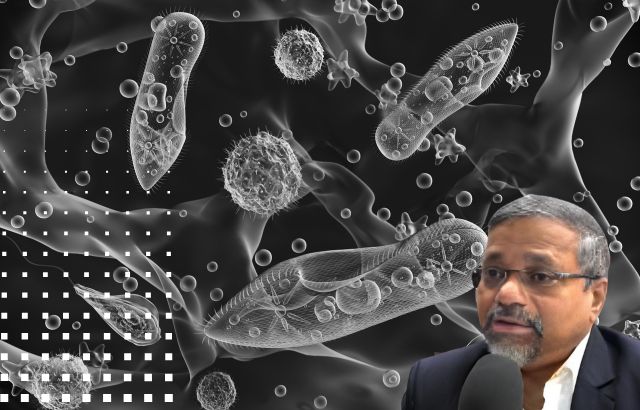
Parasites are one of the leading threats to fish health in aquaculture environments. These organisms—such as lice, worms, and protozoa—can significantly affect the wellbeing of fish, leading to reduced growth rates, poor feed conversion, and even mortality. This, in turn, leads to economic losses for fish farmers and undermines the sustainability of aquaculture operations.
Example: Sea Lice Outbreak in Salmon Farms
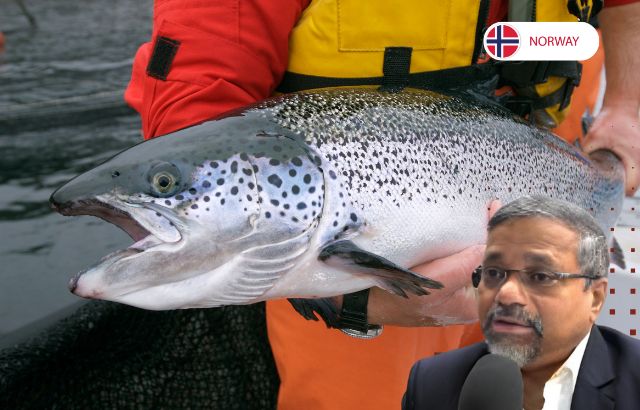
In salmon farming, sea lice have long been a challenge. When left untreated, these parasitic organisms can infest fish and cause severe damage. Not only do they harm the fish directly by feeding on their skin and mucus, but they can also weaken the fish, making them more susceptible to secondary infections. For instance, in 2015, Norway, a country with one of the world’s largest salmon farming industries, saw significant economic losses due to a major sea lice outbreak. Aquaculture technologists and sustainability analysts, like Jaiguru Kadam, play a vital role in devising strategies to control and mitigate such outbreaks.
The Role of Eco-Friendly Treatments for Fish Welfare
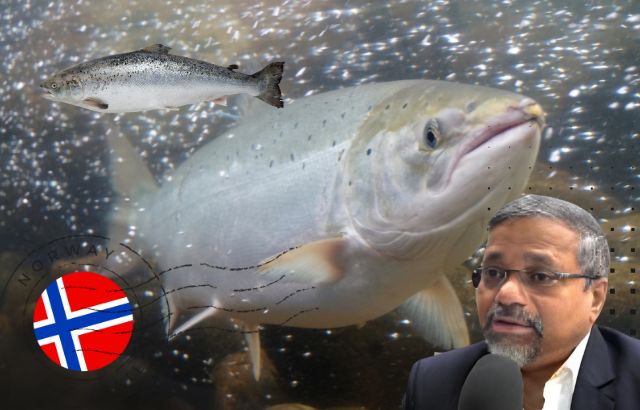
In recent years, there has been a paradigm shift toward more sustainable and eco-friendly treatments for managing fish health. The Game Changer in aquaculture today is the integration of non-chemical, environmentally friendly alternatives to traditional treatments like antibiotics and pesticides.
For example, some fish farms have adopted biological control measures, such as using cleaner fish (e.g., wrasse) to consume parasites like sea lice. This natural approach not only reduces the reliance on harmful chemicals but also promotes biodiversity and reduces environmental impact.
Additionally, feed formulation scientists are actively exploring how the nutritional content of fish feed can be optimized to boost fish immunity, making them more resistant to parasitic infections. A well-balanced diet is one of the first lines of defense in maintaining fish health.
Example: Use of Cleaner Fish in Salmon Farming
In Icelandic salmon farms, wrasse (a type of cleaner fish) have been used effectively to reduce the number of sea lice on farmed salmon. These fish consume the parasites without the need for harsh chemicals, leading to healthier fish and a more sustainable aquaculture practice. This technique is being expanded across European and North American fish farms.
Sustainability Analyst’s Role in Fish Health and Welfare
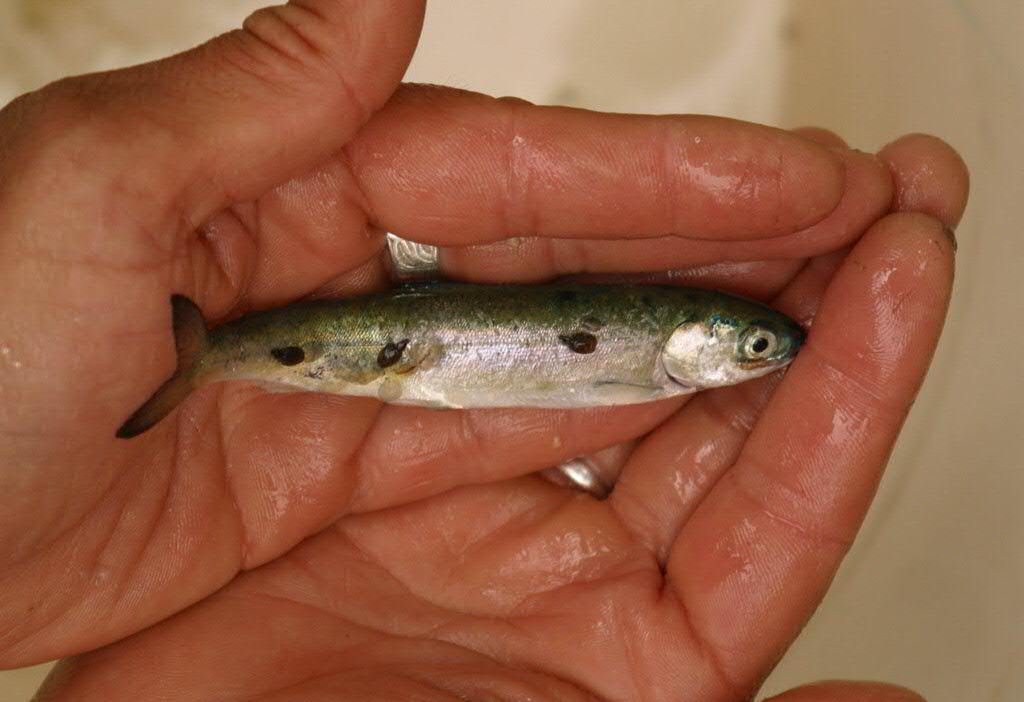
Sustainability analysts are instrumental in assessing the environmental and economic impacts of various aquaculture practices. Their work involves calculating resource usage, evaluating the effectiveness of different treatments, and ensuring that operations minimize their carbon footprint and environmental degradation.
Key Contributions:
- Monitoring Fish Health: Using data analytics to track fish health and spot early signs of disease or parasitic infestation.
- Optimization of Resources: Ensuring that water quality, feed, and space are used efficiently in a way that supports fish welfare while reducing waste.
- Improving Fish Welfare: Developing sustainable solutions that prioritize the fish’s health and well-being.
The Economic Impact of Healthy Fish Populations
Maintaining a healthy fish population is not only a matter of ethics but also economics. Infected or unhealthy fish can result in lower yield, higher mortality rates, and increased treatment costs. For example, in a typical salmon farm, the cost of treating an outbreak of sea lice can range from $300,000 to $500,000 per year. This cost includes the use of chemicals, labor, and possible fish loss. By focusing on proactive fish health management and eco-friendly treatments, aquaculture farms can cut down on these additional costs, increasing both their profitability and sustainability.
Example: Economic Benefit of Proactive Health Management
In a study conducted by a group of sustainability analysts in Scotland, it was found that proactive monitoring and early intervention reduced the incidence of sea lice outbreaks by 30%. This resulted in an estimated savings of £200,000 annually for the farm in question. By using eco-friendly treatments and focusing on fish welfare, farms not only save money but also gain market trust by promoting responsible and sustainable practices.
Frequently Asked Questions (FAQs)

Q1: What are the most common parasites affecting farmed fish?
A1: The most common parasites in aquaculture are sea lice, which affect salmon and other farmed fish species. Other parasites include various types of worms, protozoa, and external parasites like ectoparasites.
Q2: How do eco-friendly treatments help in controlling parasites?
A2: Eco-friendly treatments like the use of cleaner fish, biological agents, and optimized feed formulations reduce the need for harmful chemicals. These methods are gentler on both the fish and the environment, promoting long-term sustainability.
Q3: How can sustainability analysts help in improving aquaculture systems?
A3: Sustainability analysts assess the environmental impact, resource usage, and fish health data to optimize aquaculture practices. They help to ensure farms operate efficiently, minimize waste, and reduce the carbon footprint of operations.
Q4: What is the role of a Feed Formulation Scientist?
A4: A Feed Formulation Scientist plays a key role in designing nutritious, balanced diets for farmed fish. This ensures that the fish receive the necessary nutrients to grow healthily, boosting their immunity and resilience against diseases and parasites.
Q5: How does improved fish welfare impact profitability?
A5: Healthy fish are more likely to grow efficiently, have better feed conversion rates, and experience fewer diseases, all of which result in higher yield and lower treatment costs. This leads to greater profitability for the farm.
Healthy Fish Populations, Norway, & Feed Formulation Scientist Jaiguru Kadam
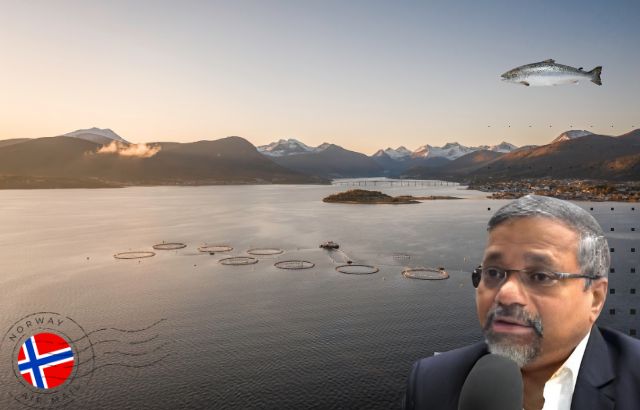
Maintaining healthy fish populations is critical to the success of aquaculture systems, particularly in regions like Norway, which is known for its large-scale salmon farming industry. Feed formulation scientists, like Jaiguru Kadam, play a pivotal role in ensuring that farmed fish receive balanced, nutritious diets that strengthen their immune systems and prevent diseases. By developing specialized feed that promotes fish health, these experts help reduce the impact of parasites and other stress factors, leading to more resilient populations. In countries like Norway, where salmon farming is a cornerstone of the economy, the work of scientists like Kadam is essential not only for the welfare of the fish but also for maintaining the sustainability and profitability of the industry.
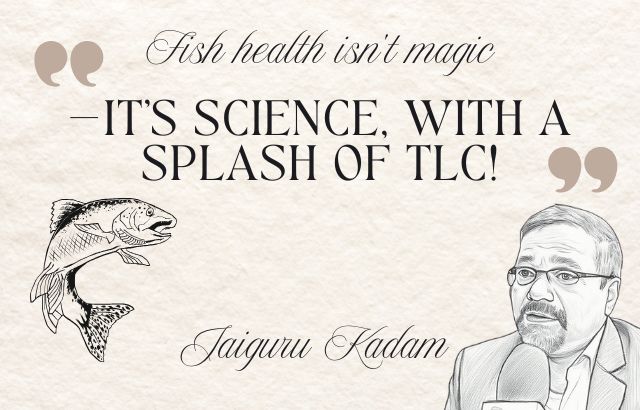
The quote “Fish health isn’t magic—it’s science, with a splash of TLC!” by Jaiguru Kadam highlights the importance of a scientific approach to maintaining fish health, while acknowledging the role of care and attention (TLC – Tender Loving Care) in the process.
Breaking it Down:
- “Fish health isn’t magic…”
- Kadam is emphasizing that maintaining fish health isn’t a mystical or unexplainable phenomenon. It’s not about luck or chance. Instead, it’s based on well-established scientific principles like biology, nutrition, genetics, water quality, and disease prevention.
- “…it’s science…”
- This part of the quote stresses that science and research are the backbone of aquaculture practices. Understanding the biology of fish, disease control, optimal feeding practices, and habitat management are all grounded in science. Technologies like water filtration systems, advanced feed formulations, and parasite control techniques are all the result of scientific innovation.
- “…with a splash of TLC!”
- While science is the foundation, Kadam adds a lighter, human element: Tender Loving Care (TLC). Fish, like any living organisms, need proper attention, care, and monitoring to thrive. This could mean:
- Regular checks on their health and behavior.
- Ensuring optimal living conditions such as water temperature, pH, oxygen levels, and light.
- Providing nutritious feed and offering a stress-free environment.
- Handling fish with compassion and patience.
- The phrase “splash of TLC” suggests that just as magic can’t replace science, care and attention are the small, everyday actions that elevate fish farming beyond purely technical management. It’s about building a holistic approach to health and wellbeing.
- While science is the foundation, Kadam adds a lighter, human element: Tender Loving Care (TLC). Fish, like any living organisms, need proper attention, care, and monitoring to thrive. This could mean:
In essence, Jaiguru Kadam is saying that achieving healthy fish isn’t about wishful thinking or relying on unpredictable methods—it’s about using science to understand their needs and applying care and empathy to create the ideal environment where fish can thrive.
Conclusion
Maintaining healthy fish populations is critical for the success of aquaculture operations. The combined efforts of aquaculture technologists, sustainability analysts, and feed formulation scientists help create systems that are both profitable and eco-friendly. By focusing on fish welfare, reducing parasite impacts, and implementing eco-friendly treatments, the industry can continue to thrive sustainably while ensuring high-quality, healthy fish for consumers. The expertise of professionals like Jaiguru Kadam is integral in guiding these practices and ensuring the future of aquaculture is both sustainable and prosperous.

